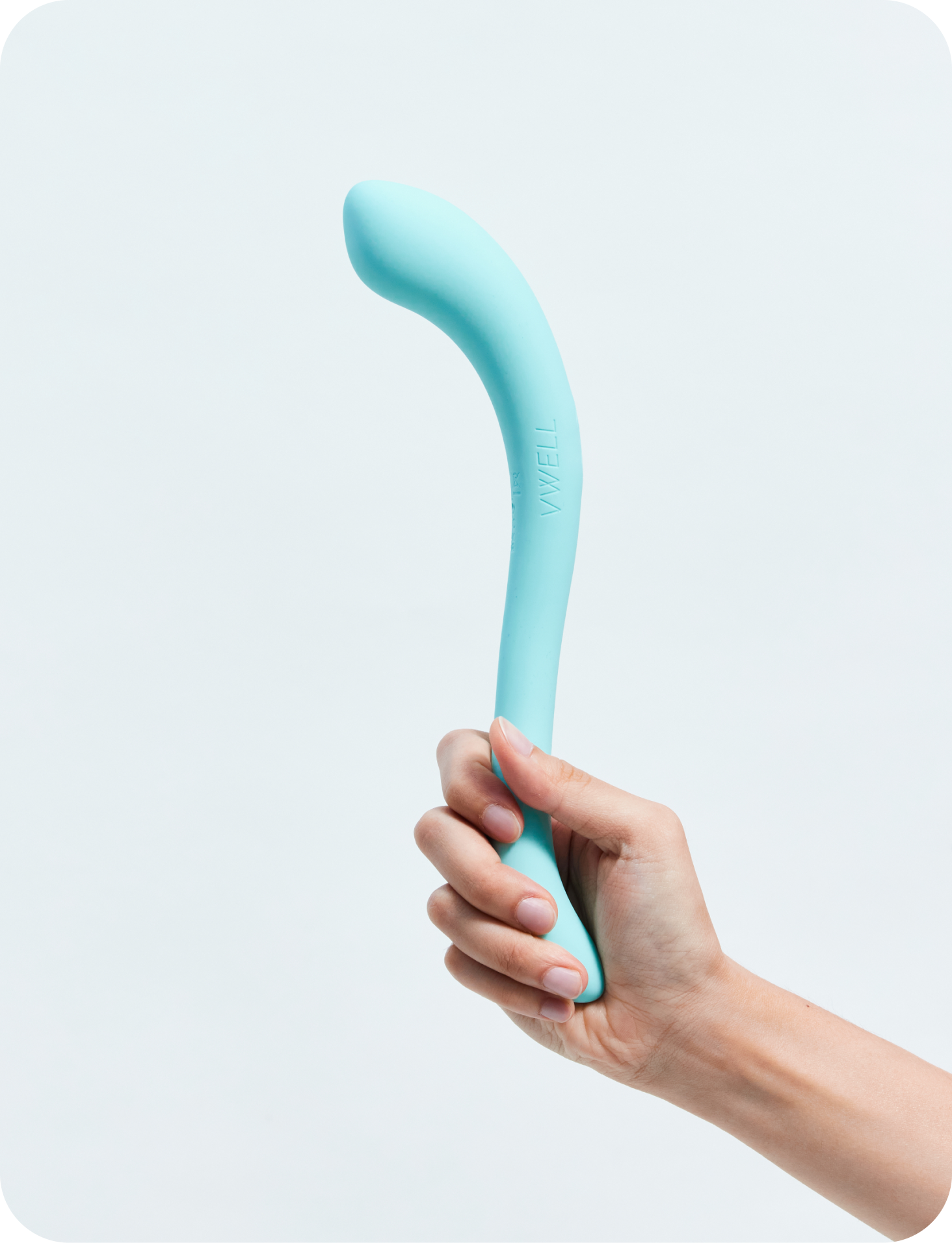With National Orgasm Day on July 31, 2024, it's a great time to ask: Do orgasms strengthen the pelvic floor? This intriguing question reveals a link between sexual pleasure and pelvic floor health, offering insights that could enhance not only your orgasms but also your overall well-being.
Table of Contents
- What Is an Orgasm?
- Understanding the Pelvic Floor
- The Relationship Between Orgasms and Pelvic Floor Health
- Benefits of Strong Pelvic Floor Muscles
- Maintaining Pelvic Floor Health
- Celebrating Orgasm Day With Awareness
What Is an Orgasm?
Orgasm is the climax of sexual pleasure. It involves the sudden release of sexual excitement accumulated during the sexual response cycle. The body experiences a series of involuntary muscle contractions, especially in the pelvic floor, which can spread blissfully throughout the body. These responses are complex and engage both the body and the mind.
In women, this ecstatic experience may involve contractions of the uterus, vagina, and even the anal muscles, while men usually experience contractions that culminate in ejaculation.
Orgasms release endorphins and other feel-good hormones. These chemicals can act as natural pain relievers to make you feel relaxed and happy afterward.
Understanding the Pelvic Floor
The pelvic floor is like a hammock of muscles that stretches across the bottom of your pelvis, supporting organs such as the bladder, uterus, and rectum. These muscles are essential in urinary control, sexual function, and childbirth.
Think of your pelvic floor muscles as a trampoline in the body—they bounce back to support your pelvic organs and prevent leaks when you laugh, sneeze, or jump. They also play an important role in sexual sensation and satisfaction.
However, these muscles can weaken due to pregnancy, childbirth, aging, and obesity. This weakening can lead to problems such as urinary incontinence, reduced sexual satisfaction, and even pelvic organ prolapse.
The Relationship Between Orgasms and Pelvic Floor Health
Orgasms aren't just about pleasure—they're like a workout for your pelvic floor muscles, too. When you climax, your body experiences rhythmic contractions, including those in the pelvic floor. This begs the question: Can orgasms actually help strengthen these muscles?
Research suggests they can! The contractions during orgasm act as a natural exercise for your pelvic floor, potentially improving muscle tone over time. While more studies are needed, there's growing evidence that regular sexual activity could be beneficial for maintaining pelvic floor health.
So, next time you're enjoying that blissful moment, remember—it might be doing more than just making you feel good!
Benefits of Strong Pelvic Floor Muscles
Ever wondered why you should care about your pelvic floor? Here's why keeping these muscles in tip-top shape is worth it:
- Stay Leak-Free: A strong pelvic floor means less chance of embarrassing leaks. These muscles help you control when you go—whether it's urine, bowel movements, or gas—by lifting your pelvic organs and keeping everything in check.
- Up Your Bedroom Game: Strong pelvic floor muscles can spice up your sex life, leading to more satisfying and intense experiences in the bedroom. Who doesn't want that?
- Avoid Serious Conditions: Weak pelvic floor muscles can lead to pesky problems like pelvic organ prolapse, where organs start shifting out of their normal positions. Trust us, you want to keep everything where it belongs.
So, keep your pelvic floor happy and healthy—it's worth the effort.
Maintaining Pelvic Floor Health
Keeping your pelvic floor in shape doesn’t only involve doing exercises—it's a holistic approach to overall well-being. Whether you're looking to prevent issues or manage existing conditions, these practices can make a real difference:
- Kegel Exercises: Kegels are great for pelvic floor strength but are not one-size-fits-all. If you're unsure, consult a pelvic floor physical therapist to verify that you're doing them correctly and safely.
- Core Exercises: Don't forget, your pelvic floor pals around with your core muscles. Strengthening your core with exercises beyond Kegels provides essential support.
- Yoga and Pilates: These workouts enhance core strength, indirectly benefiting your pelvic floor health.
- Posture Matters: Good posture keeps your pelvic floor in prime condition, providing optimal support. So, stand tall and support those muscles.
- Eat Smart: Maintain a healthy weight to reduce pressure on your pelvic floor. Fill your plate with fruits, veggies, fiber, and hydrate well.
- Banish Constipation: Straining on the toilet stresses your pelvic floor. Stay regular with fiber and water—it's good for your gut and pelvic floor.
- Seek Professional Guidance: If you're dealing with pelvic pain, leakage, or other symptoms, don't hesitate to see a healthcare provider or specialist. They can offer personalized guidance and treatments tailored to your needs.
- Incorporate Tools: Helpful products like vaginal dilators and pelvic wands can effectively target and tone pelvic floor muscles, potentially enhancing your pelvic floor comfort.
By incorporating these practices into your daily routine and seeking professional guidance when necessary, you can keep your pelvic floor strong and healthy for the long haul.
Celebrating Orgasm Day With Awareness
Exploring the link between orgasms and pelvic health reveals how our bodies intertwine pleasure with well-being. Orgasms not only tone muscles with every climax but also boost overall well-being.




